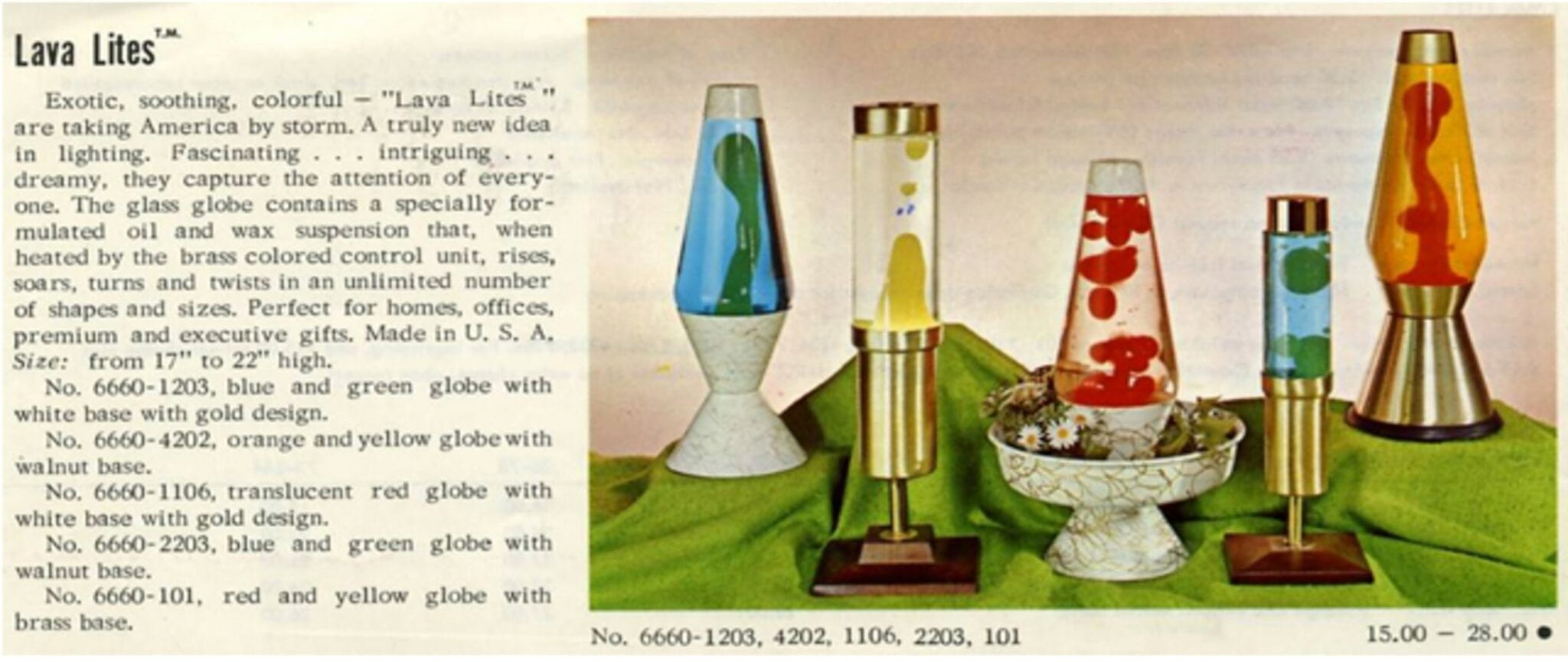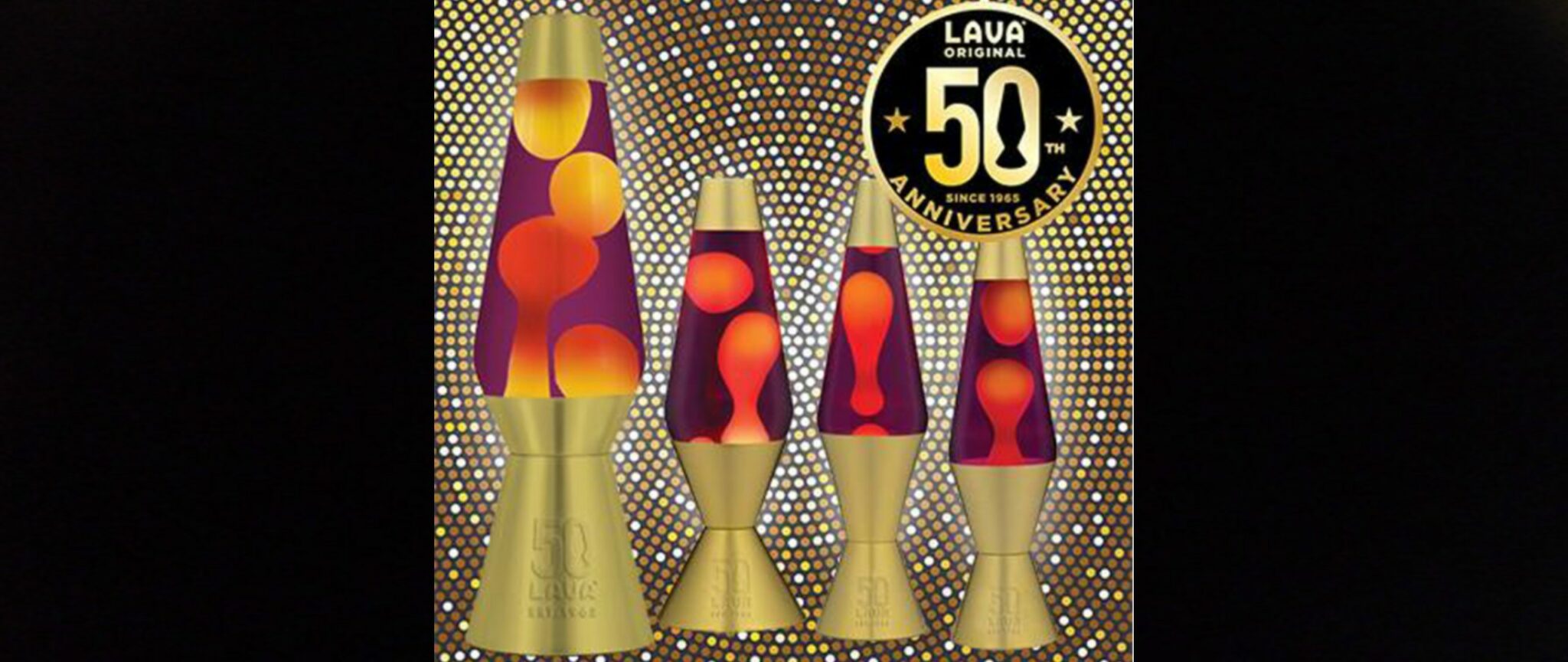Of course, not everyone was a ‘head’, tripping on LSD or shrooms in California, but the tendrils of the movement were exceptionally far reaching. A kid in the suburbs could listen to Lucy in the Sky with Diamonds, and while perhaps not see hallucinogenic visions, her imagination could run wild in new possibilities. Thus, even without the substances themselves, multiple generation’s minds were opened.
You Couldn’t Fail To Inhale…
There was nothing that couldn’t be touched by the technicolour breath of the era. Edward Rothstein, an American critic, explains;
“I inhaled because you couldn’t fail to inhale. LSD —its aura if not its substance—was a component of the air we breathed. This hallucinogen infused the exhalations of musicians, philosophers, advertisers and activists.”
In the spirit the third wave of psychedelics we find ourselves in now, (the first being millenia of indiginous use) we are going to delve into various objects, or pop cultural ephemera that was either influenced by, or came to represent psychedelia.
Looking At Lava Lamps
This time, we are going to look at…. Lava lamps! What would a college dorm or a 1960s movie pastiche (hello Austin Powers!) be without them? But seriously, at their peak popularity in the late 1960s, over 7 million lamps a year were being sold across the globe. The glowing, undulating movement chimed perfectly with the aesthetics of the psychedelic era— but, surprisingly, they were not invented with tripping hippies in mind.
Their Story Begins
Their story begins in 1948 in a pub in Hampshire. Edward Craven-Walker (1918-2000), an ex-Royal Airforce pilot was sat at the bar, when a strange object caught his eye. It appeared to be a clear glass cocktail shaker with a gloopy blob floating inside it. The bartender explained to the intrigued Craven-Walker that the object was in fact an egg timer. The lump floating inside was actually wax. When the device was placed in boiling water alongside an egg, the wax would melt and ooze about. You knew your egg was perfectly cooked when the wax floated to the top of the cocktail shaker.
A New Business Idea
Craven-Walker was excited, but not about eggs. He’d had a business idea. He could turn the egg timer design into a lamp. However, he would use a thicker substance than wax, and the heat of the bulb would create decorative shapes, like the wax in boiling water. Craven-Walker asked after the creator of the egg timer, but the inventor, a man by the name of Dunnet, was deceased. This meant he could patent the invention for himself. Craven-Walker would then spend 15 years tinkering about with the design, making it suitable for mass production. During this time he was also creating nudey arthouse films to support himself. One of which, called Travelling Light, featured a naked underwater ballet— but that’s a different article…
The Astro Lamp
Finally, in 1963, just a few years shy of the psychedelic wave, the lamp was ready. Craven-Walker named it the Astro Lamp, with production taking place in Dorset, which it still does today. Initially, the Astro Lamp was marketed to a rather different audience than it later became associated with. In 1968, the American Bar Association Journal featured an Astro Lamp mounted on a walnut wood base, with a ballpoint pen beside it. Perhaps with the idea to market it as a cool new desk toy. However, this image did not stick.

In 1965 Craven-Walker took his Astro Lamp to a novelty convention in Hamburg, West Germany. The swirling lamp captivated two Americans named Hy Spector and Adolf Wertheimer, who approached Craven-Walker for the American rights to the lamp. They re-branded them as Lava-Lite, and production kicked off in Chicago.
A Motion For Every Emotion
Now, it just so happened that the undulating shapes the lava lamp produced perfectly reflected the swirling aesthetics of psychedelia. In fact, it managed to embody some of the visuals of a trip, while also being ideal to admire during a trip. It was even advertised as a ‘head-trip that offered a motion for every emotion’ — they knew their audience. However, as the aesthetics of psychedelia became mainstream, everyone from grandparents to highschool kids owned one. They really were ubiquitous. Of course, like all fads and crazes it eventually had to end. Lava lamps dropped in popularity in the 70s, around the time that LSD and other psychedelics were criminalized. As fashions changed they began to seem lame and dated, much like flares or tie-dye shirts.
Doing Time In The Kitsch Wilderness
However, fashions always comes back around, and after many years in the kitsch wilderness, the lava lamp had its comeback. The fashions of the 80s and 90s took inspiration from the playful and optimistic ‘Summer of Love’, coinciding with the acid house and rave movement, often dubbed the ‘Second Summer of Love’. Austin Powers, The Spice Girls, and That 70s Show all tapped into the groovy aesthetic, and the lava lamp became a staple once again.

Primal Pleasures
So, if you want to make your trip more cosy— or simply want to make your home a bit more trippy, maybe a lava lamp is the way to go. We are in the ‘psychedelic renaissance’ after all. Steven Horner, a lighting design lecturer at the Pratt Institute, Brooklyn, explains that one of the reasons for the lava lamp’s captivating nature is that it taps into our primal pleasures. Sitting in a darkened space, watching the swirling shapes, harks back to when ancient human used to watch the flickering fires that kept them warm. And, if you go by the ‘Stoned Ape Theory’, perhaps you can imagine those tripping monkeys captivated by their campfires, much like us with our lava lamps today.





